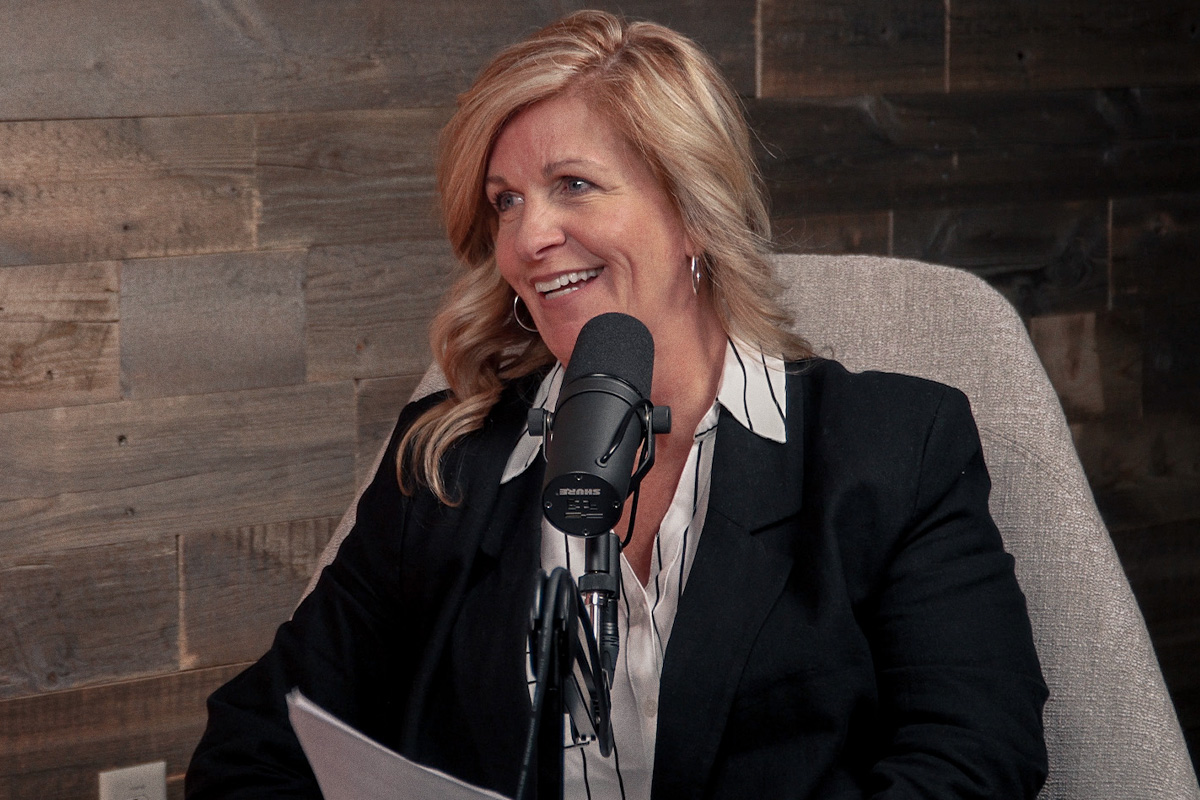%20(1).jpg)
Investing in Your Future: 8 Steps to Create a Financial Plan
Ready to improve your financial life? It all starts with a plan. Check out these eight steps to get started.
Getting a handle on your money situation doesn’t have to be overwhelming. If you put in the time and effort, it can bring clarity and freedom to your life. Ready to get started? Create your very own pro-level plan and take steps toward financial empowerment with these eight tips.
1. Define your financial dreams—Mountain America Credit Union aims to help our members define and achieve their financial dreams. Start by defining your goals and thinking about what you want in life. What do you want your life to look like in six months? What about five years? Even further?
Build your plan with short-term, mid-term and long-term goals. Remember to keep your goals realistic and achievable to give yourself a better chance of success!
2. Perform a self-audit—Once you have a well thought out plan, take a comprehensive snapshot of your current financial situation. This will help you identify areas where you can improve and give you a framework for goal setting moving forward. Start by outlining the following:
Income—Take inventory of how much you make each month and where it comes from.
Savings—Track your account balances to see how much you have saved.
Investments—Document which investments you have, how much you currently contribute and all account balances.
Expenses—Know how much you spend each month—separate into needs, wants and future planning. Choose a month with a higher spend total as your baseline or take an average from over the last few months.
Assets—List your assets and their value.
3. Streamline your expenses—Some say a budget is telling your money where to go instead of wondering where it went. One of the keys to a solid financial plan is being more deliberate with your hard-earned money.
Start by tracking your expenses and looking for more opportunities to save. Whether it’s a subscription you no longer want or unnecessary shopping sprees, look for ways to cut spending where you can. For necessary expenses, like groceries and household supplies, try to find small ways to save along the way.
4. Optimize your income—Now that you’ve trimmed your expenses, it’s time to examine your income—you may uncover options to increase your earnings. Maybe it’s earning a certification to position yourself for a promotional opportunity or starting a side-hustle. Or give your savings account a boost by simply moving money into a higher-yield account.
5. Develop a savings strategy—When it comes to saving, your goals will depend on your current circumstances and life situation. Despite this, there are several universal tips worth applying. Once you plan for your essentials, use what’s left in your budget on these four categories:
Build your emergency fund—If there’s one thing in life you can plan for, it’s that you can never plan for everything. Having money set aside when things don’t go as planned will drastically decrease stress when these unexpected events occur.
Pay off debt—Any extra money left over each month (or at least a part of it) should go toward paying down debt—whether it’s an auto loan, student loan, credit card or any other kind of loan. Doing this can help you save money on interest and improve your credit score.
Save for retirement—Do your future self a solid by setting aside a little bit each month for retirement. Saving for retirement early in life means your money has more time to grow! If you’re closer to retirement age and haven’t started putting money aside yet, don’t fret—you can still implement a strategy to maximize your savings. Either way, find a monthly savings amount that works for your plan and stick to it.
Pay down your mortgage—Your home is likely the most expensive thing you own. Using extra funds to put a little more toward your mortgage payment will shorten your loan term and save you money on interest payments.
6. Review progress with a weekly check-in—Occasionally, you may have difficulty sticking to your plan. Have a weekly check-in with yourself to determine if your plan is on track.
If you discover you’re not where you want to be, evaluate which part of your plan needs to be adjusted to catch up. If you’ve fallen behind, that’s okay! Set smaller or more realistic goals to increase your confidence.
7. Meet with a financial guide—Remember, you don’t have to shoulder the responsibility of creating a solid financial plan by yourself. If you’re feeling overwhelmed with any of these steps or need additional support, schedule a free appointment with a financial guide at Mountain America Credit Union. They are part of a team that is committed to helping you reach your financial goals.
8. Reward yourself—You did it! When you’ve been successful in reaching one of your goals, even if it’s a small one, reward yourself! Doing something you love to celebrate your accomplishments will motivate you to move forward and achieve your long-term goals.
Mountain America is committed to helping members define and achieve their financial dreams. Whatever stage of life you find yourself in, a sound financial plan can help prepare you for whatever comes your way.
Related Articles

